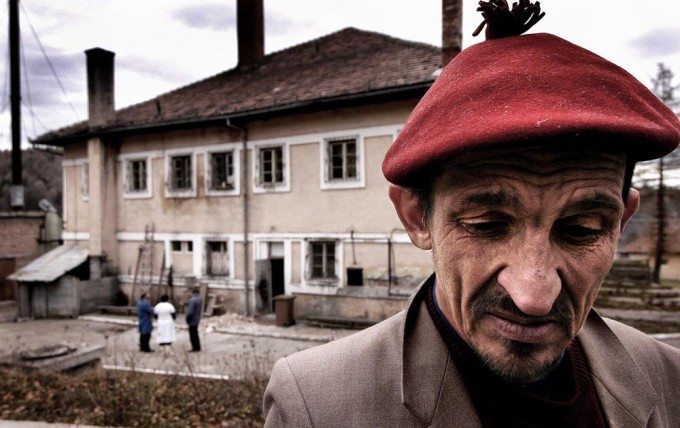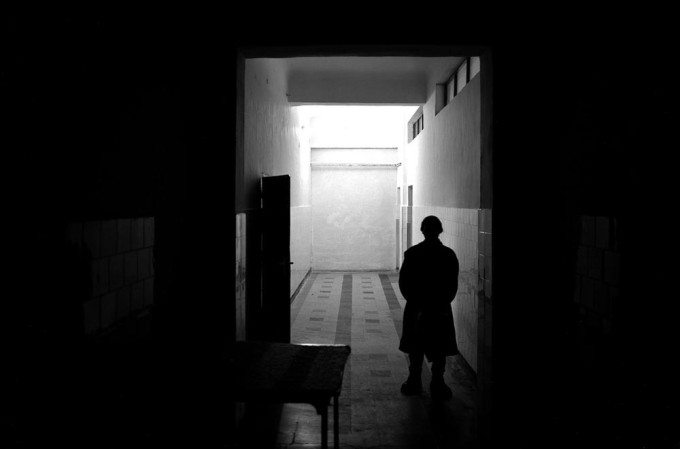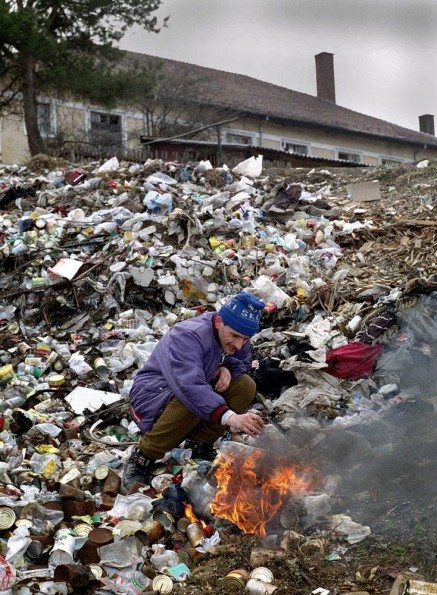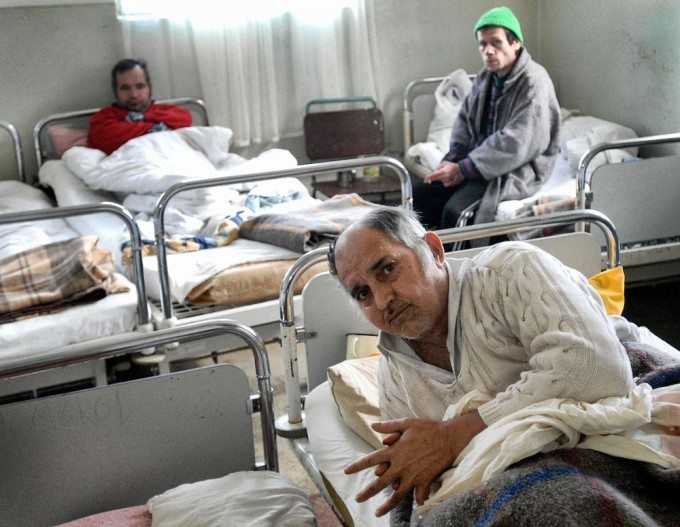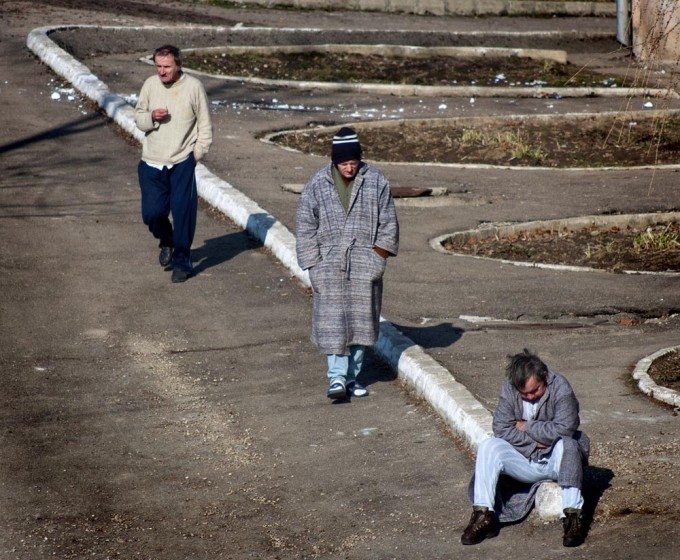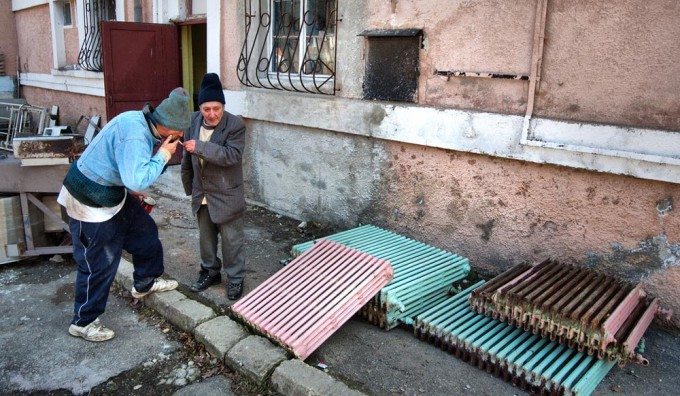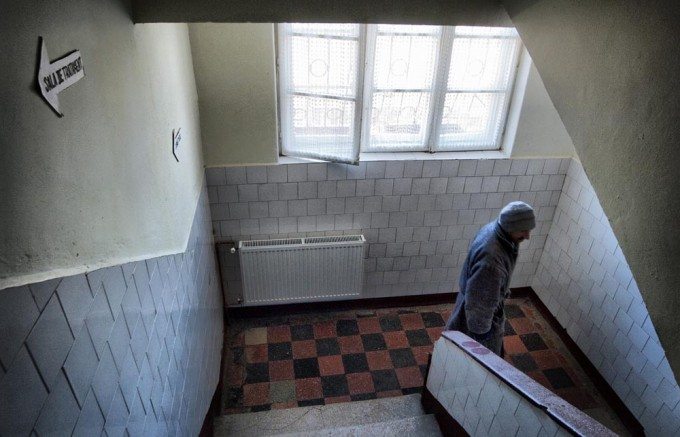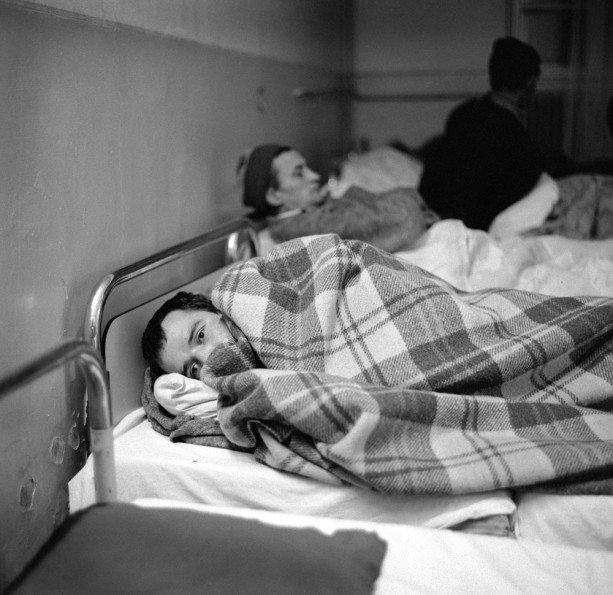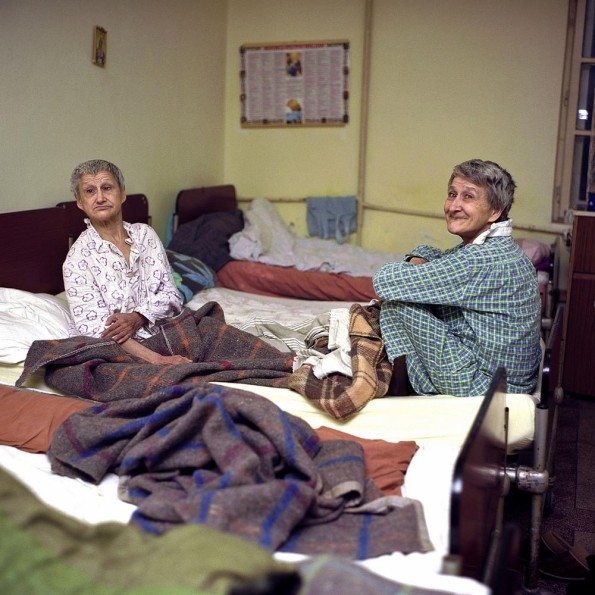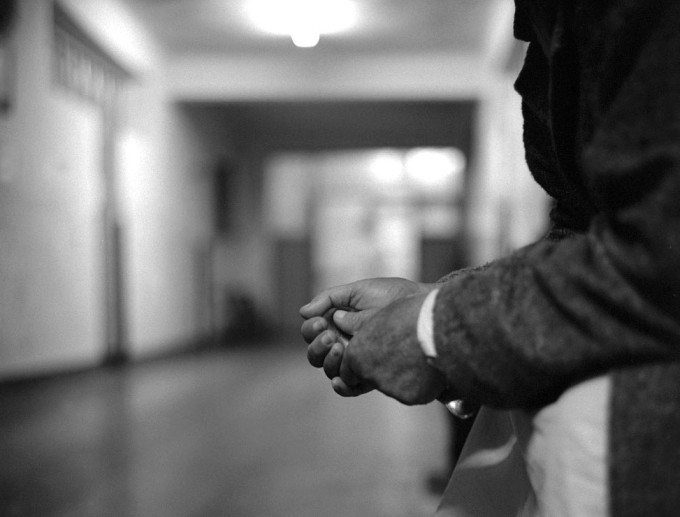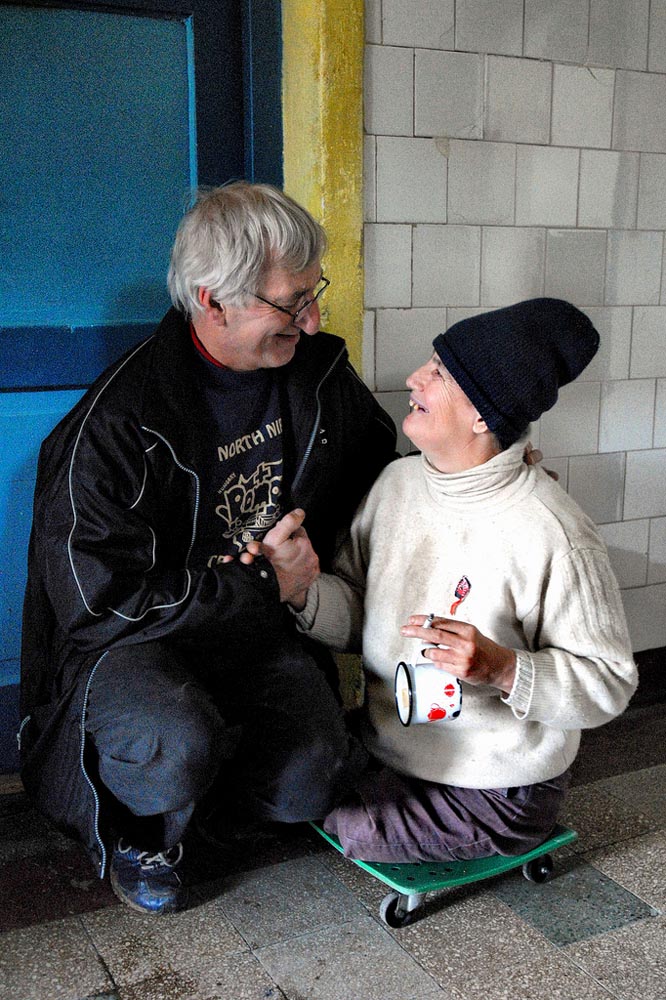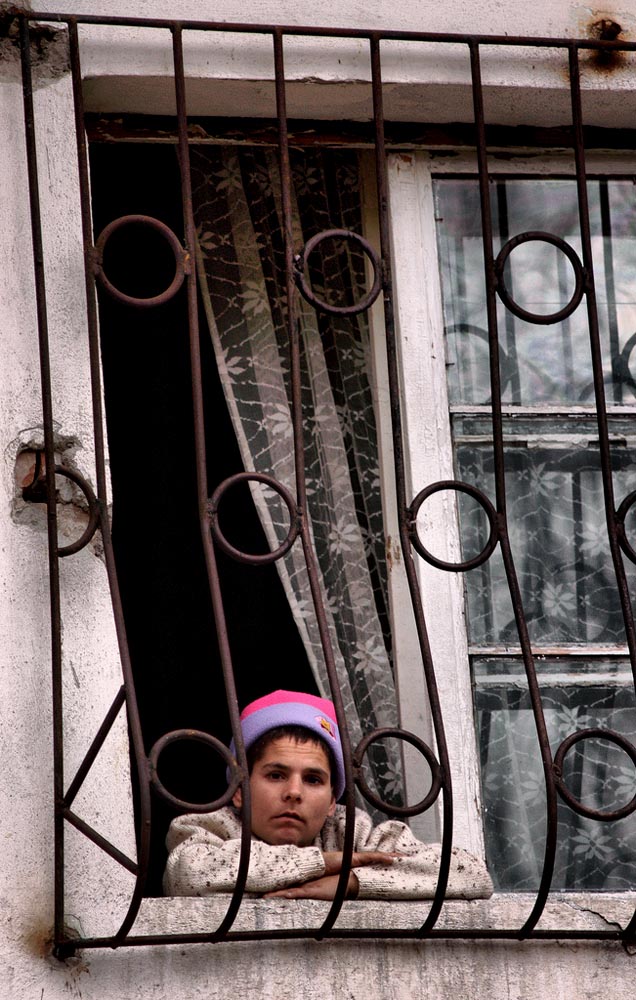All images by Matt Bigwood. Used with permission.
Photographer Matt Bigwood is no stranger to the Phoblographer. We featured his very long pinhole photo project a while back; but today, he comes to our site showing off a documentary project that he’s been working on for many years. “When I began photographing there the attitude was more relaxed – Romania was not in the European Union and the head of the hospital realized that the pictures did more good than harm. Romania was still perceived as an under-developed former Eastern Bloc nation.” says Matt about the project. He continued to state that the overall mood of the patients there was also quite upbeat.
In 2014, the charity folded due to lack of funding. According to what Matt tells us, there is a perception by some people in the UK that since Romania joined the European Union, and border restrictions within the EU have been lifted that Britain is overcrowded with Romanians and other Eastern European workers who are having a negative effect on the UK economy.
“…and the knock-on effect was ‘why should I donate to a charity that helps in Romania?’.”
Matt started the project on the understanding that they could help fundraising for the hospital. “If a patient was reluctant to be photographed I would not take the picture. I joined the charity in 2000 and was a member until it folded and made a dozen or more trips there.”
The rest of Matt’s documentary photo story is after the jump.
Phoblographer: What made you want to do a long term project on a psychiatric hospital in Romania?
Matt: In 2000 I met some people from a small charity based in Gloucestershire, UK, that had worked at this remote psychiatric hospital since the early 1990s. The charity was made up entirely of volunteers who paid their own way from the UK to Romania and used their work holiday to help carry out structural repairs and improvements to the building, as well as show friendship to the patients. Fundraising was always an issue, so I offered to photograph and film their trip in summer 2000 and give the pictures and footage to local newspapers and TV companies to raise awareness of what the group did. I was working for a regional newspaper at the time which ran the story. The publicity worked and more tradesmen volunteered to help, and financial donations also increased.
The psychiatric hospital was home to around 150 adult long-term patients suffering from all kinds of illnesses – Alzheimer’s Disease, schizophrenia, depression, learning disabilities and alcoholism. There was a stigma attached to mental illness and many of the patients would spend their entire lives in the institution. In the early 2000s funding was so poor that the hospital was sometimes short of food and medicines.
Phoblographer: How did you mentally prepare yourself for this considering that hospitals like this are often portrayed as scary?
Matt: I did wonder what I would be facing when I visited the hospital, but as most of the other charity members had already worked there I had a good idea of what to expect. At first it was overwhelming going into the building and being surrounded by people speaking in a language you couldn’t understand. There were unfamiliar sounds and smells, and the bare walls meant that sound reverberated and echoed. Eventually the initial interest in me being there would wear off and make it easier to photograph there, but it was still quite a daunting task at times.
Phoblographer: Let’s talk logistics: how did you get permission to do this and how did you explain to the heads of the hospital that you wanted to do a documentary project?
Matt: The heads of the hospital had a long-standing relationship with the charity and agreed that photographs could be taken. If I had approached without the support of the charity I certainly wouldn’t have been allowed in, never mind photographing. People from the charity had contacted the hospital in advance and arranged permission.
Phoblographer: When you first entered the hospital, how did you get people to cooperate with you taking photos of them?
Matt: Sometimes staff would show me around the hospital and take me to various wards and into the communal dining area. On other trips, for instance at Christmas, I would photograph when we were handing out gifts. If I got the impression that someone didn’t want to be photographed I wouldn’t take the picture.
Phoblographer: What message are you trying to get across with these images?
Matt: The message was firstly to show people in the UK what the charity was doing, and to portray the conditions in the hospital. Things have improved greatly since these pictures were taken, and Romania’s European Union membership means treatment and conditions are more in line with the rest of Europe. In recent years new buildings, such as occupational therapy, have been built by the state and orchards and vegetable growing areas set aside to provide food for patients. There is now a programme of rehabilitation so hopefully fewer people will spend their lives in an institution.


